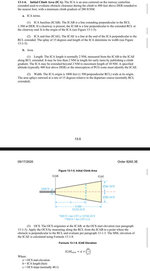TushingPin
Trusted Contributor
- Messages
- 635
Pretty basic here, can you give a IFR helicopter a release from non movement area? Why or why not? Additionally, if you cannot, can you give a release off a taxiway then? It doesn't appear to mention anything in 3-10.
